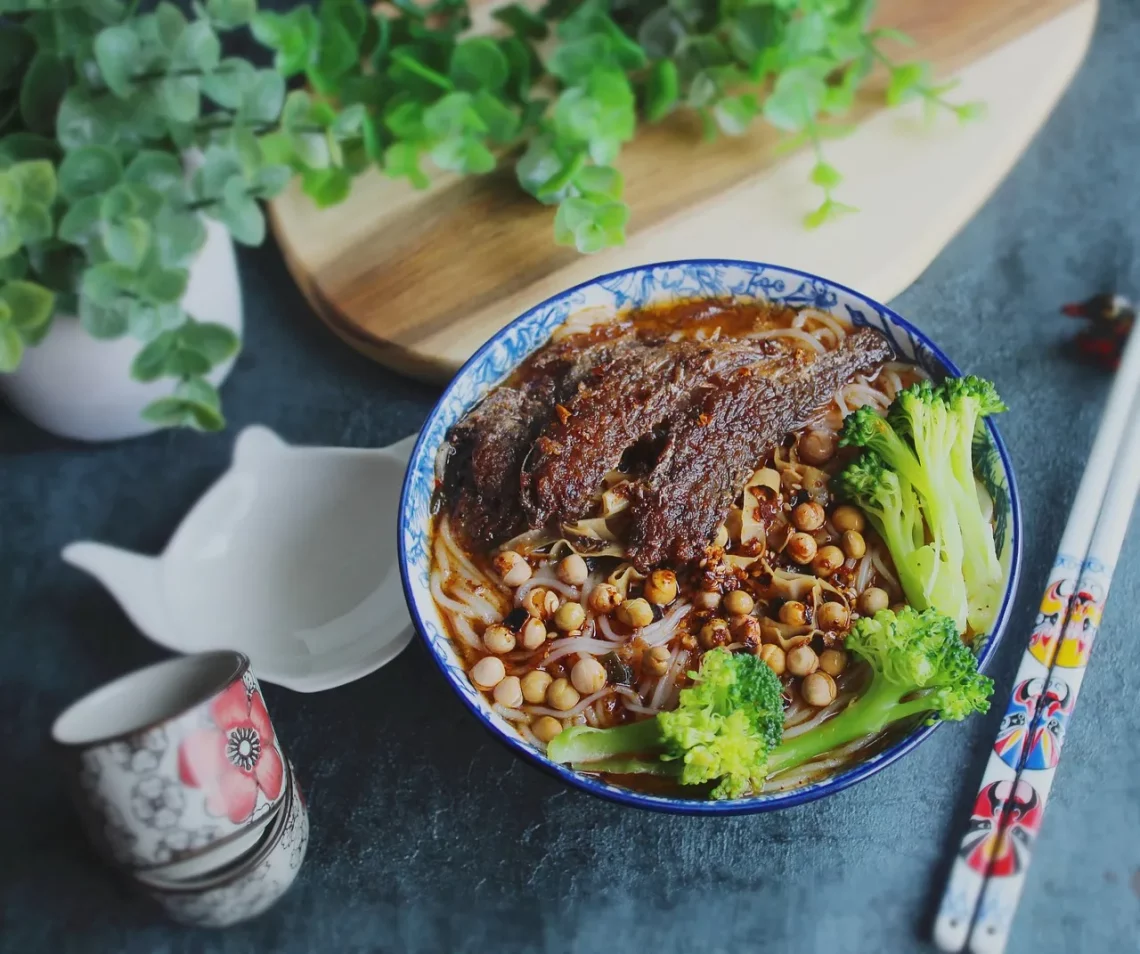
What Does Guinea Pig Taste Like? A Culinary Exploration
When it comes to the culinary world, many people are open to exploring various types of meats that may not be part of their traditional diet. One such delicacy is guinea pig, a dish that has been enjoyed for centuries in certain cultures, particularly in South America. As globalization continues to influence food trends, more adventurous eaters are curious about the flavors and textures of unique ingredients. While guinea pigs are often kept as pets in many parts of the world, in others, they are raised specifically for culinary purposes.
Understanding the taste of guinea pig involves delving into its preparation methods, cultural significance, and nutritional aspects. The flavor profile of guinea pig can vary significantly depending on how it is cooked and seasoned. Many who have tried it describe the taste as a cross between rabbit and dark poultry, with a rich, savory quality. This article will explore the intriguing world of guinea pig as a food source, examining its culinary history, preparation styles, and its place in modern gastronomy.
Guinea Pig in Culinary History
The consumption of guinea pig, known as “cuy” in many Latin American countries, has deep historical roots. This small rodent was domesticated by indigenous peoples over 5,000 years ago in the Andean region, particularly in countries like Peru, Ecuador, and Bolivia. Initially, guinea pigs were not only a food source but also held significant cultural and spiritual importance. They were often used in rituals and celebrations, showcasing their integral role in the lives of these communities.
In traditional Andean cultures, guinea pigs were raised in households, where they were fed a diet of grass and vegetables, making them a sustainable source of protein. The preparation methods varied by region, with some communities opting for roasting while others preferred to boil or fry the meat. One popular method is to cook guinea pig over an open flame, which imparts a smoky flavor that many find appealing.
As colonization spread across South America, the culinary practices surrounding guinea pig remained relatively unchanged. It continued to be a staple in indigenous diets and was often served during special occasions, such as festivals and family gatherings. Today, guinea pig is celebrated in many restaurants across Peru and is even featured in culinary competitions, highlighting its status as a delicacy.
The shift in perception of guinea pig from a local staple to an exotic dish has attracted attention from food enthusiasts worldwide. Chefs have begun to incorporate it into gourmet cuisine, experimenting with various flavors and ingredients to create innovative dishes. While it may still be considered a niche offering in many places, the rising interest in diverse culinary experiences has brought guinea pig into the spotlight, allowing it to gain a broader audience.
Flavor Profile and Texture of Guinea Pig
When discussing the taste of guinea pig, many people are curious about what to expect. Generally, the meat is described as having a flavor reminiscent of rabbit, with a slightly gamy undertone. The texture is unique as well; it can be tender yet slightly chewy, depending on the cooking method used.
The flavor of guinea pig can be influenced by several factors, including its diet, age, and the preparation style. Guinea pigs raised on a natural diet of fresh grasses and vegetables tend to have a more pronounced flavor, whereas those raised on commercial feed may have a milder taste. When cooked properly, the meat offers a rich, savory experience that can be enhanced with the right seasonings.
In terms of preparation, guinea pig can be roasted, grilled, or fried. Roasting, particularly over an open flame, is a traditional method that allows the skin to become crispy while keeping the meat moist. Many chefs marinate the guinea pig in a blend of spices, herbs, and citrus juices to enhance its flavor. Common seasonings include garlic, cumin, and paprika, which contribute to a robust taste profile.
The serving style also plays a role in the overall dining experience. In traditional settings, guinea pig is often served whole, accompanied by side dishes like potatoes, corn, and salad. This presentation not only highlights the dish’s cultural roots but also allows diners to appreciate the entire animal as part of the meal.
For those who are adventurous eaters or looking to expand their culinary horizons, trying guinea pig can be an exciting experience. Its unique flavor and texture set it apart from more commonly consumed meats, making it a conversation starter for food lovers and a testament to the diverse culinary practices around the globe.
Cooking Methods and Recipes
The preparation of guinea pig varies greatly depending on cultural traditions and personal preferences. Each method of cooking brings out different flavors and textures, making it a versatile option for various culinary applications. One of the most popular methods is roasting, which is often done during special celebrations or family gatherings.
To roast guinea pig, it is typically marinated in a mixture of spices and herbs for several hours before cooking. The marination process allows the meat to absorb flavors, enhancing the overall taste. After marinating, the guinea pig is placed on a spit over an open flame or in a traditional oven. The high heat helps to crisp the skin while keeping the meat juicy and tender.
Another popular cooking method is frying, which provides a different texture and taste. In this case, the guinea pig is cut into smaller pieces, seasoned, and then deep-fried until golden brown. This method results in a crispy exterior with a tender interior, making it an appealing option for those who enjoy fried foods.
Boiling is also a common technique, especially when making soups or stews. The meat is simmered with vegetables and spices, allowing it to become tender and flavorful. This method is often used in traditional dishes, where the broth is enriched with the natural flavors of the guinea pig.
For those interested in trying their hand at cooking guinea pig at home, there are numerous recipes available that highlight its unique characteristics. One popular dish is “Cuy Chactado,” which involves marinating the guinea pig in a blend of spices and then frying it until crispy. Served with potatoes and a fresh salad, this dish showcases the rich flavors of the meat while honoring its cultural significance.
Regardless of the cooking method chosen, the key to a successful guinea pig dish lies in the seasoning and attention to detail during preparation. Each technique offers a different experience, allowing cooks to explore the culinary potential of this unique ingredient.
Health Considerations and Nutritional Value
As with any type of meat, considering the nutritional value and health implications of consuming guinea pig is essential. Guinea pig is known for being a lean source of protein, making it a favorable option for those seeking a healthy alternative to more traditional meats. It is also relatively low in fat, particularly when compared to red meats such as beef or lamb.
In addition to protein, guinea pig provides essential nutrients, including vitamins and minerals. It is a good source of B vitamins, particularly B12, which is crucial for energy metabolism and maintaining healthy nerve function. The meat also contains iron, which is vital for oxygen transport in the blood, and zinc, which supports immune function.
However, as with any meat, it is essential to consider the source and quality of the guinea pig being consumed. Ensuring that the meat is sourced from reputable farms that adhere to good animal husbandry practices is critical for both health and ethical reasons. Proper cooking methods are also crucial, as undercooked guinea pig can pose health risks, much like any other type of meat.
For individuals with dietary restrictions or specific health conditions, it is advisable to consult with a healthcare professional before incorporating guinea pig into their diet. While it may offer various nutritional benefits, personal health considerations should always take precedence.
In conclusion, guinea pig presents a fascinating culinary adventure for those willing to step outside their culinary comfort zones. Its rich history, unique flavor profile, and versatility in preparation make it a dish worth exploring.
**Disclaimer:** This article is for informational purposes only and should not be considered medical advice. Always consult a healthcare professional for any health-related concerns.




